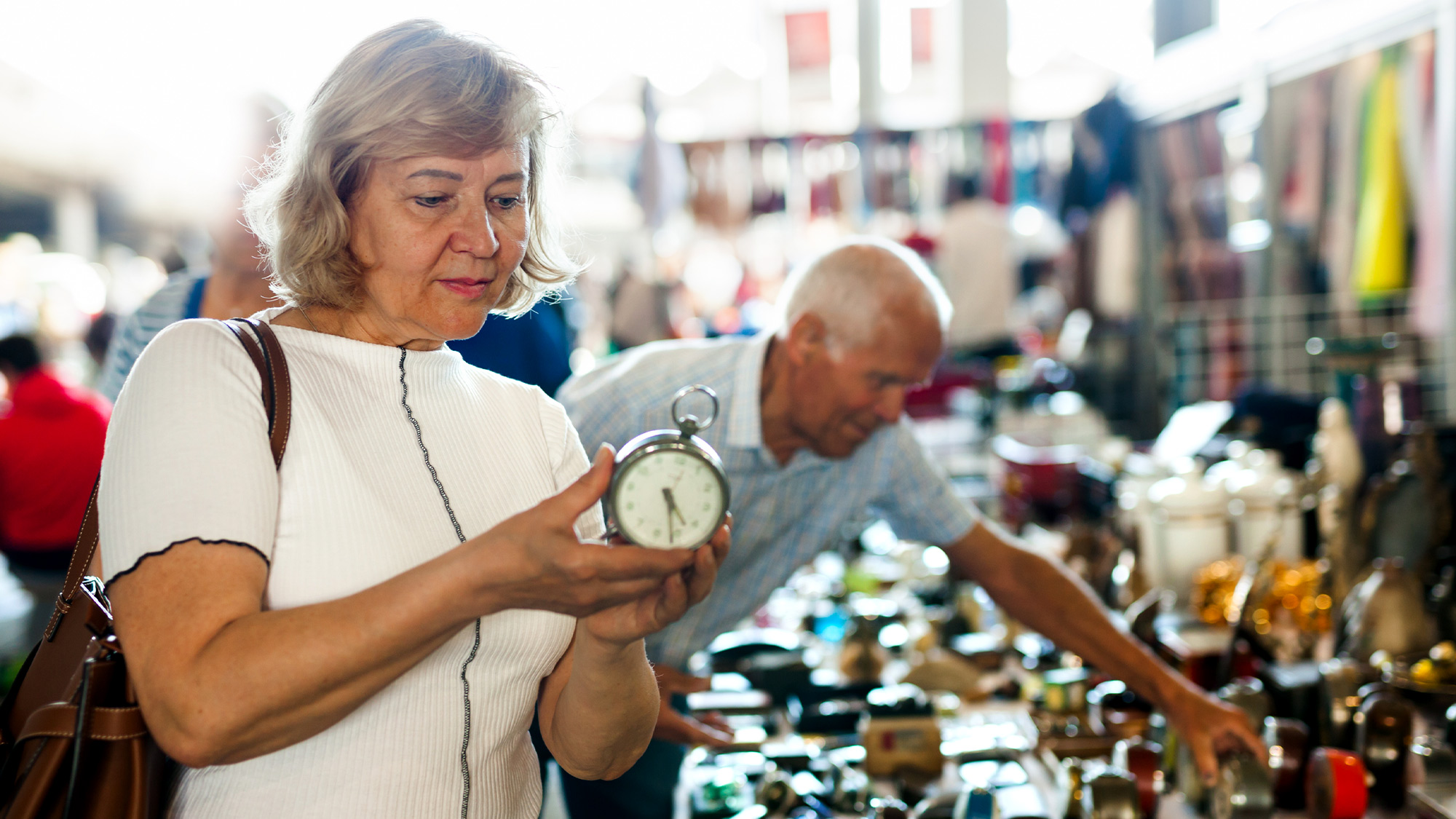“Discover the Astonishing Secrets of Greenland: 11 Surprising Facts That Will Change Your View of This Hidden Gem!”
–>
Greenland boasts three UNESCO World Heritage sites. Kujataa Greenland, at the island’s southern point, preserves Inuit and Norse farming heritage. On the west-central coast, Aasivissuit-Nipisat protects a plateau between the sea and the interior ice sheet that bears evidence of prehistoric human inhabitation. Ilulissat Icefjord in the west is where you can witness the Sermeq Kujalleq glacier calve icebergs into the sea.
A murderous Viking founded Greenland’s first European settlement.
We know Greenland is mostly made of ice, but 10th-century Icelanders listening to Erik the Red didn’t. Born in Norway, Erik Thorvaldsson lived in Iceland for an estimated 20 years before he was exiled for having vengefully murdered several of his neighbors. Instead of returning to Scandinavia, Erik decided to complete his three-year sentence abroad, exploring a large landmass to the west of Iceland discovered 100 years earlier by Norwegian sailor Gunnbjörn Ulfsson.
Upon returning to Iceland, Erik spread the word about the place he had named Greenland in the hope of encouraging would-be settlers. His marketing ploy worked: Erik the Red earns historical credit for founding the first continuous European settlement in Greenland. Ironically, scientists say the island was quite verdant some 2.5 million years ago.
One of the best-preserved Norse ruins in Greenland, Hvalsey Church, can be seen near present-day Qaqortoq. Erik the Red also is known for fathering Leif Eriksson, the first European to arrive in North America.
Greenland experiences midnight sun and polar night.

Greenland enjoys extreme solar environments above the Arctic Circle. From May to July, the summer sun doesn’t set for two months. And in the winter, the sun sets in October and doesn’t rise again until February, producing polar night (Kaperlak in Greenlandic) that boasts beautiful views of the aurora borealis but makes it harder to spot polar bears.
In 1983, Greenland established its national holiday on the year’s longest and lightest day. The summer solstice on June 21 marks a time of celebration and expressions of cultural identity, such as wearing the colorful national costume of beaded shawls, embroidered shorts, and thigh-high skin boots for women, and cloth anoraks, trousers, and boots (kamik) for men.
Humans arrived in Greenland about 4500 years ago.
Archaeological evidence suggests that early polar hunters, the Saqqaq, used small islands as stepping stones to make their way east from Canada to western Greenland around 2500 BCE. That culture likely died out around 800 BCE, roughly the same time as the Dorset culture migrated to and then populated most of coastal Greenland until 1500 CE. Today’s Greenlandic Inuit are descendants of the Thule culture, which arrived about 1000 years ago in far northwestern Greenland and then spread across the island’s habitable coasts. Today, about 90 percent of the population is Inuit and identifies as Kalaallit (West Greenlanders), Inugguit (northwestern), or Iit (eastern). The remainder is mostly Danish.
Having survived in Greenland for millennia, Inuit are known for their ability to adapt to the Arctic’s challenges. Many cultural traditions are woven into modern life and are probably familiar to non-Greenlanders. The language, which is closely related to Canada’s Inuit dialects, gives us words and concepts like kayak and igloo.
It’s illegal to import dogs to some areas of Greenland.

Sled dogs have been indispensable, and still are in some areas, for getting around the most remote regions of Greenland. Over the centuries, Inuit carefully bred husky-type dogs with the stamina, hardiness, and intelligence to follow human commands and pull sleds across treacherous ice. They are now recognized as a unique breed. To preserve their genetic heritage and working relationships with people, the government bans all other dogs from the region north of the Arctic Circle and in East Greenland. Any Greenland sled dog that strays from those regions is not permitted to go back.
In addition to dogs, Greenland is home to charismatic wildlife, such as Arctic foxes, reindeer, polar bears, and shaggy-coated musk oxen. More than 230 species of birds have been observed, including huge sea eagles and tiny snow buntings. Out in the water, whale watchers sight bowheads, minkes, belugas, and orcas, as well as seals and walruses. The luckiest tourists might glimpse an elusive narwhal.
Greenland’s political status is complicated.
Greenland’s colonial era (not including the Vikings) started in 1721 when Norwegian-Danish missionary Hans Egede landed near present-day Nuuk, founded a trading company, and introduced Lutheranism. (More than 90 percent of the modern population still belongs to the Lutheran church.) By 1776, the Danish government imposed a monopoly on all trade with Greenland, closing the coast to other nations and only reopening access in 1950. Denmark also governed the territory until 1979, when Denmark granted home rule after Greenlanders voted in favor of greater autonomy. While Greenland remained a part of the Kingdom of Denmark, home rule allowed the establishment of the Greenlandic Parliament and gave Greenlanders and Danes equal rights, among other powers.












